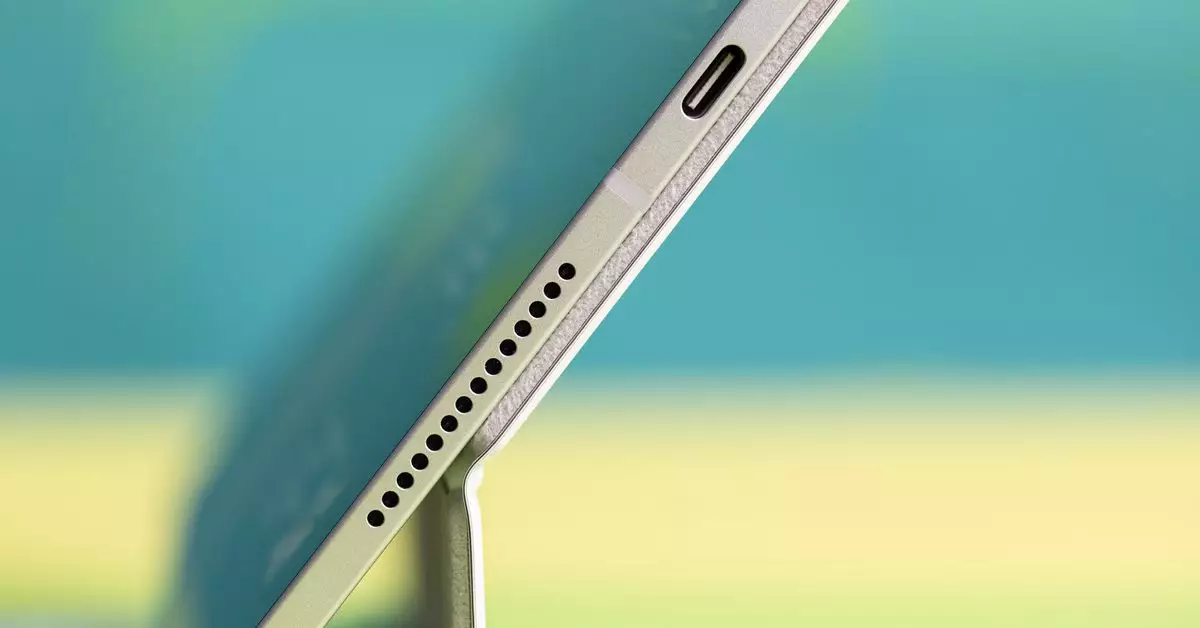Apple has recently unveiled the thinness of the OLED iPad Pro, showcasing their renewed effort to create increasingly thin computers. According to Bloomberg’s Mark Gurman, Apple is not stopping at the iPad Pro; they have plans for a “significantly skinnier” iPhone 17, as well as thinning out the MacBook Pro and Apple Watch. This push towards thinness is not new for Apple, as they have been rumored to be working on a new “iPhone 17 Slim” by supply chain analysts and The Information.
Apple’s pursuit of thin devices is not without its drawbacks. While thin devices may look sleek and futuristic, they often come with compromises such as limited port selection, cruddy battery life, thermal throttling issues, and bad keyboards. This drive for thinness has even led to lawsuits for Apple due to bendy iPhones. However, Apple seems to be learning from its past mistakes, as they have started reversing this trend with devices like the iPhone 15 Pro and the latest MacBook Pro models being among the thickest in years.
The key difference in Apple’s current thinness efforts is that they no longer want to sacrifice usability for slimness. Apple has focused on creating devices that are both thin and powerful, like the current MacBook Air which is thinner than the fanless 12-inch MacBook but still packs a punch in terms of performance. The latest iPad Pro, as reviewed by David Pierce of The Verge, has also shown that thinness does not have to come with compromises in functionality.
As Apple continues to refine their approach to thin devices, it is important that they find a balance between slim design and practicality. While there is a nostalgia for the old days of ultra-thin devices like the iPhone SE, it is crucial that Apple prioritizes sturdiness and all-day battery life in their future products. The thin-for-the-sake-of-thin mentality should be a thing of the past, as consumers now demand devices that are both thin and reliable.
Apple’s pursuit of thinness is a double-edged sword that requires careful consideration of user experience and practicality. By finding the balance between slim design and functionality, Apple can continue to innovate without sacrificing usability. The future of Apple’s devices lies in creating thin, powerful, and reliable products that meet the needs of modern consumers.


Leave a Reply
You must be logged in to post a comment.